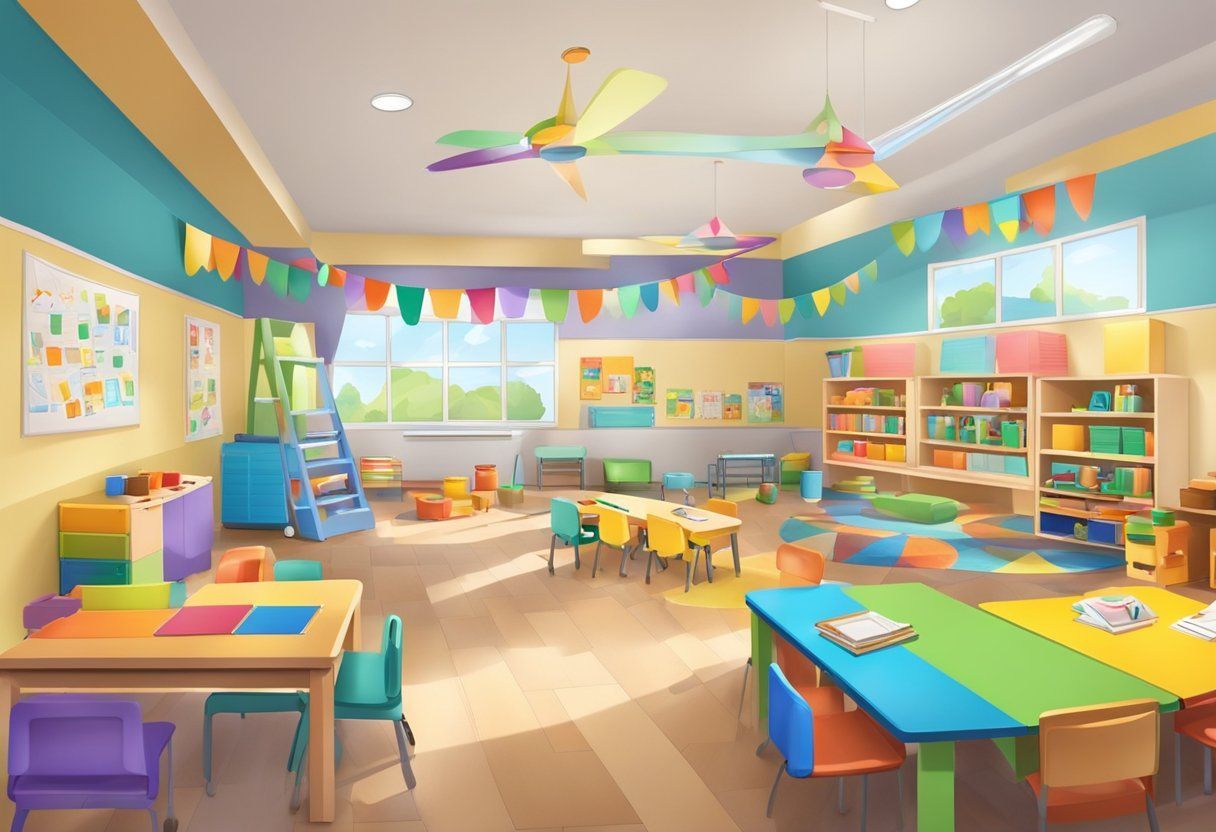BLOG
Categories
Los servicios integrales rodean a los jóvenes de crianza temporal y las familias con ayuda
Después de vivir en 14 hogares de acogida diferentes, Alex, de 14 años (nombre ficticio) dijo que se sentía deprimida y aislada. Al igual que los más de 400,000 niños que actualmente viven sin una familia permanente en el sistema de cuidado de crianza, Alex ha experimentado un trauma infantil y se mudó de casa en casa.
Ella había amenazado con suicidarse, lo que la llevó a ser hospitalizada. Ella dijo que no se sentía capaz de comunicar sus sentimientos a sus cuidadores.
Muchos jóvenes de crianza temporal como Alex luchan por permanecer dentro de un hogar o una comunidad a largo plazo. En promedio, los jóvenes en hogares de crianza pasan por más de tres cambios de colocación, y el 65 por ciento experimenta siete o más cambios escolares.
La familia adoptiva de Alex quería darle un hogar y un estilo de vida más estables. El sistema de bienestar infantil del condado de Alameda los refirió al Proyecto Permanencia del Lincoln Child Center, una organización sin fines de lucro.
Project Permanence es un programa integral para jóvenes de tan solo 2 años y 20 años, diseñado para apoyar a “jóvenes de crianza temporal colocados permanentemente en su transición fuera de un hogar grupal u otras colocaciones temporales en hogares familiares estables con cuidadores comprometidos con una relación permanente de por vida”, según el sitio web de la agencia.
El programa, financiado por el Departamento de Servicios para Niños y Familias, también “apoya a los jóvenes de crianza temporal que corren el riesgo de perder su colocación permanente”.
El término “wraparound”, acuñado en la década de 1980, se refiere a ayudar a las personas que tienen necesidades complejas a través de un proceso de planificación de equipo estructurado, creativo e individualizado. El Departamento de Servicios Sociales de California define wraparound como un proceso de planificación que involucra a un niño y su familia a través de servicios terapéuticos e individualizados para mejorar su bienestar y garantizar un entorno familiar seguro, estable y permanente.
La National Wraparound Initiative ha trabajado para apoyar estos servicios en todo el país durante los últimos 10 años, realizando investigaciones sobre el éxito de estos modelos y capacitando a profesionales.
“Todo el equipo trabaja con la familia para envolver a la familia, envolver al niño y envolver a la comunidad para crear los cambios que necesitan para apoyarlos”, dijo Kim Catanzano, directora del Programa de Permanencia del Proyecto.
Todos los jóvenes que vienen a través del Proyecto Permanencia sufren de un problema de salud mental. Según la Liga de Bienestar Infantil de América, entre el 40 y el 85 por ciento de los niños en hogares de crianza tienen trastornos de salud mental, dependiendo del informe que lea.
El modelo integral es mucho más complaciente para fomentar a los jóvenes que enfrentan traumas y problemas de salud mental que el modelo tradicional de poner a los jóvenes que luchan con la permanencia en un hogar grupal, dijo la directora ejecutiva del Lincoln Child Center, Christine Stoner-Mertz.
“Estos niños han lidiado con la pobreza, la violencia comunitaria, el abuso doméstico, el abuso de sustancias, los problemas de salud mental, lo que sea. La idea detrás de wrap es que tiene que satisfacer las necesidades de esa familia, su cultura, sus tradiciones religiosas”, dijo Stoner-Mertz. “Realmente se trata de lo que esa familia en particular necesita, a pesar de que hay temas similares en todas las familias”.
En el caso de Alex, Project Permanence la ayudó a permanecer dentro de su familia adoptiva. A través del programa, trabajó con tres miembros diferentes del personal del Lincoln Child Center, incluyendo: un compañero de familia, alguien que vivió la experiencia de tener un hijo que pasa por el sistema de cuidado de crianza; un enlace comunitario, que trabajó para involucrarla con su comunidad; y un médico que ayudó a resolver sus problemas de salud mental.
Durante un año, se reunieron con la familia de Alex semanalmente, trabajando con Alex para ayudarla a expresarse a través de la terapia y varios ejercicios de escritura. El equipo trabajó para educar a los padres adoptivos de Alex sobre la importancia del compromiso, lo que ayudó a la familia a entenderse mejor.
Alex dijo que finalmente pudo sentirse cómoda con sus padres, expresando su comprensión de sus preocupaciones y pudiendo hablar sobre sus propios éxitos y esfuerzos.
Catanzano dijo que tener tres personas diferentes apoyando a las familias es útil para que los jóvenes como Alex construyan relaciones adultas duraderas y se conecten con sus familias.
“Puede haber mucha incertidumbre tanto por parte del padre como del niño inicialmente”, dijo Catanzano. “Entonces, eso es lo bueno de tener un equipo completo, porque los niños pueden elegir con quién se sienten cómodos y abrirse a ellos. Son más manos para apoyar al niño”.
Durante el programa, las familias también celebran reuniones mensuales con el equipo del Proyecto Permanencia, así como con cualquier otra persona de la vida del niño que les gustaría invitar, como un terapeuta o un vecino de al lado. A través de las reuniones, dijo Catanzano, la familia comienza a ganar independencia.
“La reunión determina cómo será el próximo mes, y cómo llegar allí depende de la familia y sus apoyos”, dijo Catanzano. “Hay algo de mano al principio y luego alejarse o traer a alguien más para que la familia avance por su cuenta y comience a convocar sus propias reuniones de equipo”.
Seis meses después de que el equipo de Project Permanence dejara de trabajar con la familia de Alex, ella todavía vive con la misma familia adoptiva, quien, a través del trabajo duro y la esperanza, pudo desarrollar una conexión más fuerte y saludable con ella.
Aproximadamente del 80 al 90 por ciento de las familias que han pasado por el programa Project Permanence desde 2007 permanecen juntas al menos seis meses después del programa en colocación estable, dijo Stoner-Mertz.
El programa dura de seis meses a un año en un esfuerzo por que estas familias aprendan a implementar las estrategias únicas del Proyecto Permanencia con cada joven por su cuenta. Sin embargo, en algunos casos, Stoner-Mertz señaló que las familias podrían necesitar un poco más de tiempo, que el centro trabaja para acomodar.
“La idea no es que estemos allí para siempre”, dijo Stoner-Mertz. “La idea es que estás ayudando a las familias a obtener el conocimiento y las herramientas que necesitan para que cuando necesiten algo y nos hayamos ido, sepan cómo obtener ese recurso. No quieres que dependan del sistema sin fines de lucro a largo plazo”.
“A veces, cuando comenzamos, existe la esperanza de: ‘¿Puedes tomar a mi hijo, sacarlo de la casa, arreglarlo y regresar?'”, dijo Catanzano. “No se trata de eso, se trata de algo de eso: sacar a los jóvenes para llevarlos a las salidas y apoyar a los jóvenes individualmente, pero también tenemos que hacer que la familia y otros proveedores participen para que todos estén a bordo con el proceso integral”.
Para los jóvenes que no reciben servicios integrales y corren el riesgo de ingresar a una colocación de cuidado de crianza impermanente, Stoner-Mertz dijo que la mayoría termina en un hogar grupal, continuando enfrentando situaciones de vida inestables.
Según el Departamento de Salud y Servicios Humanos de los Estados Unidos, 101,666 niños de crianza son elegibles para la adopción, pero casi el 32 por ciento de ellos esperarán más de tres años en cuidado de crianza antes de ser adoptados. Muchos no son adoptados en absoluto, con sólo 49.866 de unos 400.000 jóvenes de acogida adoptados en 2011.
Stoner-Mertz dijo que la falta de hogares de acogida permanentes disponibles para los jóvenes es parte de la razón por la que los servicios integrales son tan importantes.
“El gobierno no está en el negocio de alojar a los niños y tratar de educarlos allí, cuando lo que realmente quieres que estén en sus escuelas locales y obtener esos apoyos allí”, dijo Stoner-Mertz. “Nuestro objetivo es que podamos continuar enfocando nuestros servicios en más prevención e intervención temprana y proporcionarlos en las comunidades y escuelas de los jóvenes para que los servicios más intensivos, como la colocación en hogares grupales, ya no sean necesarios”.
“Si un niño ha tenido un trauma significativo, al ser separado de la familia de origen y vivir en muchos lugares, es posible que simplemente tenga comportamientos en los que simplemente se porte mal y le resulte difícil permanecer en un entorno familiar”, dijo Catanzano. “Venimos a apoyar a la familia, al niño y al sistema de cuidado de crianza para que los padres y el niño tengan lo que necesitan para tener éxito en lugar de simplemente enviar al niño a terapia. Es un enfoque familiar”.
FUENTE: https://jjie.org/2015/08/19/wraparound-services-surround-foster-youth-families-with-help/
RECENT POSTS
Bringing and keeping families together!








